On Friday afternoon, Intel confirmed what everyone already knew: that the U.S. government is taking the unprecedented step of investing $8.9 billion into the company.
On Tuesday, Commerce Secretary Howard Lutnick said that the United States was pushing Intel to accept its $10.9 billion CHIPS Act funding as an equity deal instead. On Friday, President Trump confirmed that deal in a White House press conference. Intel now has formally published a statement outlining the terms of the agreement.
The government will invest $8.9 billion into Intel as part of a purchase of common stock, paid for by the $5.7 billion in grants awarded but not yet paid to Intel as part of the U.S. CHIPS and Science Act and $3.2 billion awarded to the company as part of the Secure Enclave program, Intel said in a statement. The actual investment will total $11.1 billion, Intel said, because of $2.2 billion in CHIPS Axct grants that Intel has already received.
All told, the U.S. government will own 9.9 percent of Intel, made up of 433.3 million shares of Intel common stock at $20.47 per share. After hours, Intel’s share price had climbed to $24.80, but the government still received a discount.
The U.S. government said that its investment would be a passive one, “with no Board representation or other governance or information rights.” The government also pledged to vote with Intel in matters requiring shareholder approval. It remains to be seen whether President Trump, who is notoriously outspoken, adheres to these goals.
The government also has the option to purchase an additional basket of shares worth five percent of the company but only if Intel’s ownership of its foundry business drops below 51 percent.
That would seemingly cement Intel’s foundry aspirations, although the additional capital doesn’t solve the fundamental question: who will use it? Intel has previously said that it would slow an Ohio fab and put off manufacturing projects in Poland and Germany as it weathered layoffs. That provoked former chief executive Craig Barrett and others to suggest that Intel’s customers bail it out. Broadcom and TSMC were even named as suitors.
Trump originally called for Intel chief executive Lip-Bu Tan to step down, citing concerns that his investments had close ties to the Chinese government — even though he allowed Nvidia and AMD to sell AI chips to Chinese government after paying 15 percent of its revenues. On Friday, Trump said that he had met with Tan, and that the Intel chief had agreed to pay $10 billion to the government, and that other, similar deals could happen as well.
“As the only semiconductor company that does leading-edge logic R&D and manufacturing in the U.S., Intel is deeply committed to ensuring the world’s most advanced technologies are American made,” Tan said. “President Trump’s focus on U.S. chip manufacturing is driving historic investments in a vital industry that is integral to the country’s economic and national security.”
Intel cited executives from Microsoft, Dell, HP, and AWS in support of the investment.
https://www.pcworld.com/article/2887093/its-official-the-u-s-owns-9-9-percent-of-intel.html
Войдите, чтобы добавить комментарий
Другие сообщения в этой группе
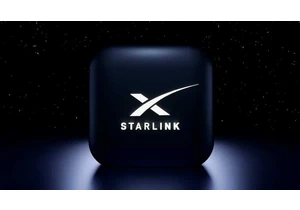
I recently moved to a much more rural area, so getting Starlink set u
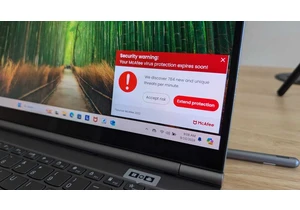
I review a lot of laptops and I’ve noticed many of them come with a “

TL;DR: Replace your Adobe Acrobat monthly fee with a

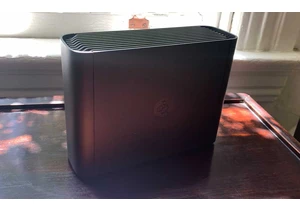
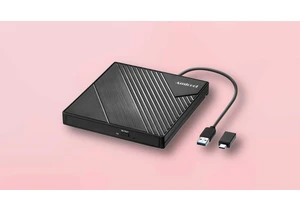
Most modern laptops lack an optical drive, yet CDs and DVDs are still
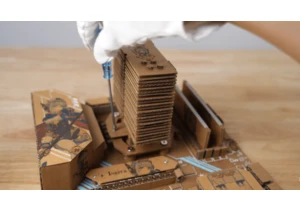
You’ve had a rough week. You deserve some time to relax, chill out, m
